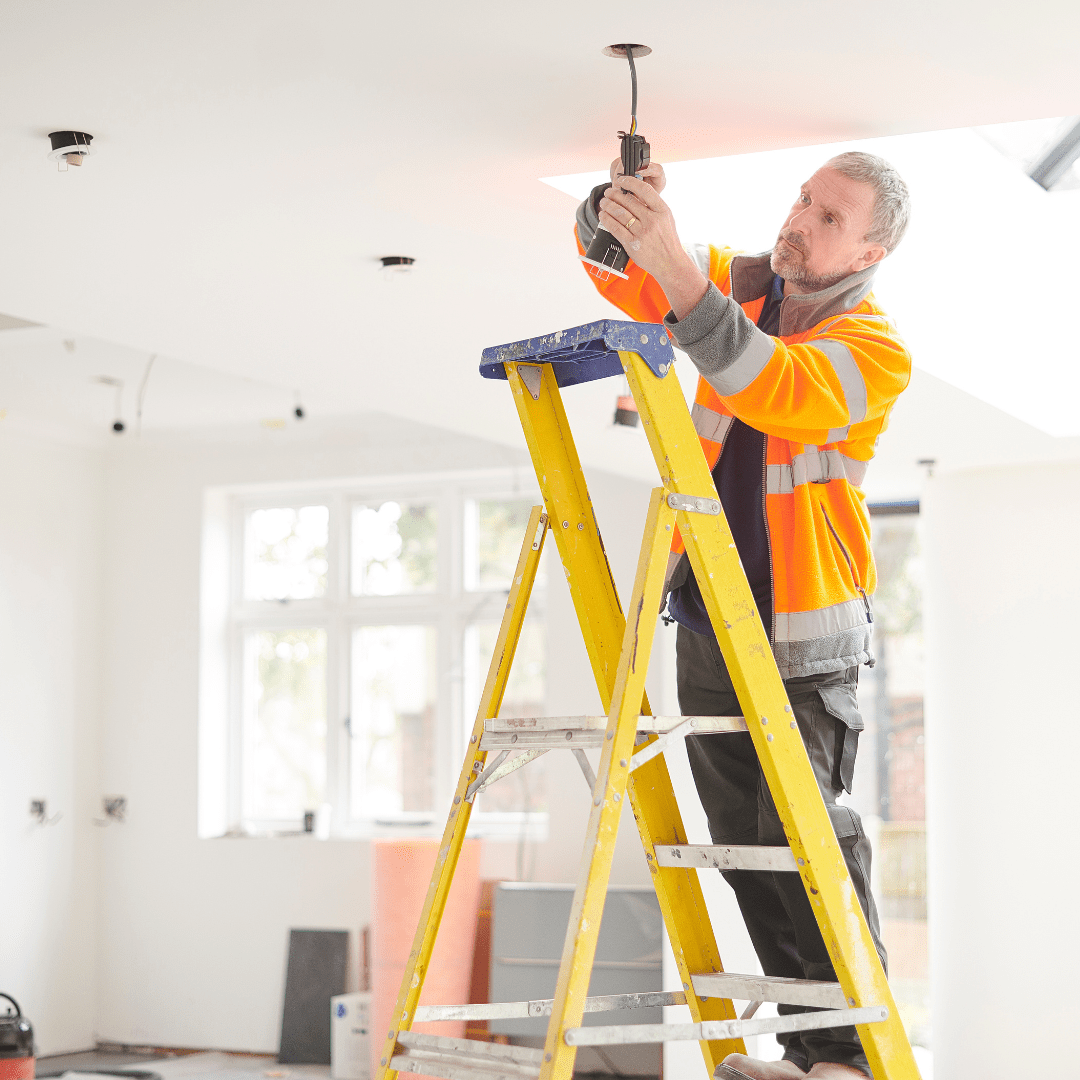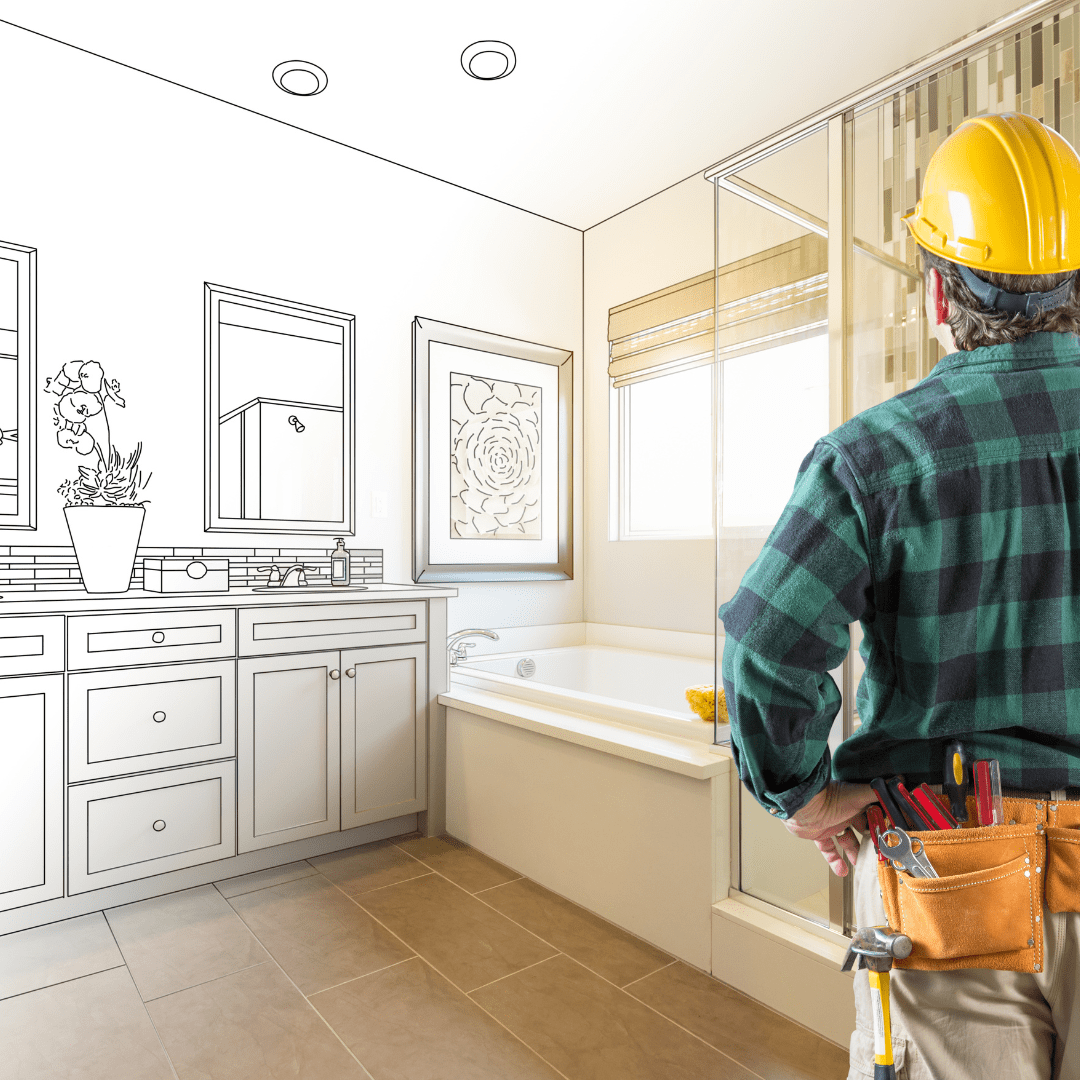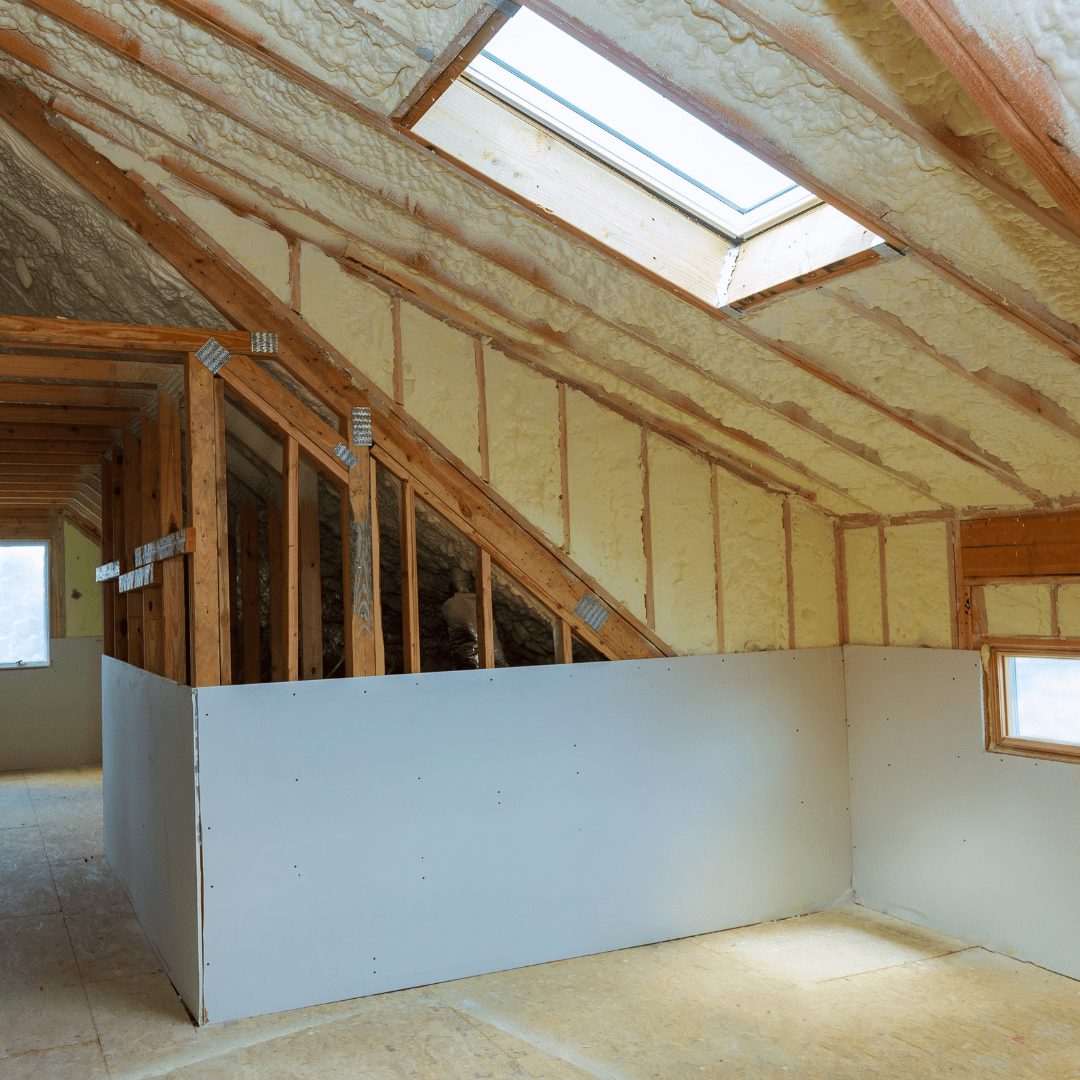Safe electrical repairs after water damage: Find the Best Contractor! Dealing with water damage and electrical issues in your San Diego home can be extremely stressful. Assessing the damage, understanding what repairs are needed, hiring qualified technicians, and getting everything fixed properly often feels overwhelming. The best way to simplify the process is to bring in an experienced general contractor to handle it for you. Use this guide on what to look for in the best water damage restoration contractor, why you need a general contractor instead of just an electrician, and tips for vetting providers to be confident you’re choosing the right pro for the job. What Happens When Water Damages Electrical Systems? Water can seriously hurt the electrical systems in homes and businesses. Some of the problems it causes: Short Circuits – Wet wires allow electricity to flow in unsafe ways. This can melt wire coatings, expose live wires, and start fires. Even a little water from a small leak or storm can lead to dangerous shorts. Corrosion – Moisture corrodes metal wires, connectors, and terminals. This builds up as rust over time. It can completely block electricity flow. Neglecting this damage allows more corrosion. Mold Growth – Wet building materials like drywall or wood let mold colonies grow rapidly. This black mold causes health issues and more structural harm. Conduit Damage – Powerful water pressure can crack and distort PVC wire conduits, especially below ground. Cracked conduits prevent new wire installation. Water also separates conduit joints and electrical boxes. Ground Faults – If water contacts only one “hot” wire, it finds a new path leaking current into ground components. This repeatedly trips GFCI/AFCI breakers to prevent electrocution risk. But it leaves the underlying issue hidden until inspection by an electrician. Specialized Systems At Risk – Many homes have complex electronics like home theaters, security systems, landscape lighting, EV chargers, etc. General repairmen often lack training to properly dry out and fix such specialty devices. Ignoring electrical water damage allows conditions to get continuously worse. Beyond power loss, this introduces fire risk, shock hazard, appliance damage, and mold growth reducing indoor air quality. You Need A General Contractor For Electrical Water Damage Repairs Given the safety issues involved and coordination with other restoration needs, an electrician alone is insufficient after water disasters. A professional general contractor is best suited to oversee the complicated inspection, remediation, repair and reconstruction process. A qualified general contractor handles responsibilities beyond just the electrical work: Safely removing saturated building materials Providing temporary power hooks-ups Fully assessing damage across electrical endpoints like switches, outlets, appliances Repairing or replacing parts as needed Coordinating special trades like electricians, plumbers, HVAC technicians Following IICRC drying protocols and mold remediation guidelines Overseeing critical details like insulation, utility disconnects, load calculations for new electrical panel/wiring Securing permits, scheduling inspections for code compliance on safety and occupancy Serving as the accountable party handling communication with insurance adjusters and facilitating adequate claim amounts Only appropriately certified and bonded general contractors possess the right combination of holistic understanding and practical experience managing interdisciplinary crews through rehabilitation of homes or businesses affected by water disasters. Choosing A Reliable General Contractor For Your Electrical Water Damage Repair in San Diego When picking a general contractor to trust for your critical electrical rebuild after water damage in San Diego, key criteria to evaluate include: Extensive direct experience performing flood and water disaster repair projects, validated through years in business and positive customer reviews regarding outcomes Proper California licensure, such as a B General Building Contractor license or appropriate Specialty Contractor license Comprehensive liability insurance policies protecting your property should any accidents happen during the work Relevant specialty credentials like IICRC WRT (Water Damage Restoration Technician) or ASD (Applied Structural Drying), demonstrating up-to-date technical knowledge on established repair protocols Participation in professional trade organizations and informational networks for continual development of restoration skills and knowledge Strong reputation confirmed via reviews on evaluation platforms like Google and the Better Business Bureau, alongside responsiveness addressing any past complaints Referrals from neighborhood sources and trusted friends/family validating successful local work Alignment with standards for accurate damage analysis, moisture measurement, efficient tear-outs, mold prevention and synchronized coordination managing complex projects Recent references within San Diego you can contact to gather direct feedback regarding quality and safety of previous rehabilitation efforts After thoroughly vetting service professionals on these markers of reliability beforehand, you can hire with confidence once identifying the right general contractor ready to deliver five-star service restoring safe electrical functionality following water disasters through their technical expertise. Call Octo Property Services Today For Your Electrical Water Damage Repair! Octo Property Services is a premier licensed, San Diego local, general contractor performing over 2,000 successful assignments across San Diego County within their first years since being founded in 2020. With broad competence addressing nearly any home improvement need – from minor repairs to major remodels and new builds – Octo Property Services is ready to dispatch qualified in-house technicians to correct electrical damage caused by water. Our comprehensive services include: Water extraction coordination for immediate damage control Structural drying utilizing professional dehumidification systems Diagnostic electrical testing paired with thermal imaging Full panel replacements and complete rewiring Lighting, switch, and outlet upgrades Mold and air quality testing paired with remediation solutions Complete tearouts with rebuilding assistance Multi-trade subcontractor coordination (plumbing, etc.) Don’t leave your home or business vulnerable to ongoing issues posed by unaddressed electrical system damage after water problems strike. Contact us here at Octo Property Services today to discuss your electrical restoration needs!
Find Top Electrical Repair After Water Damage (San Diego)




